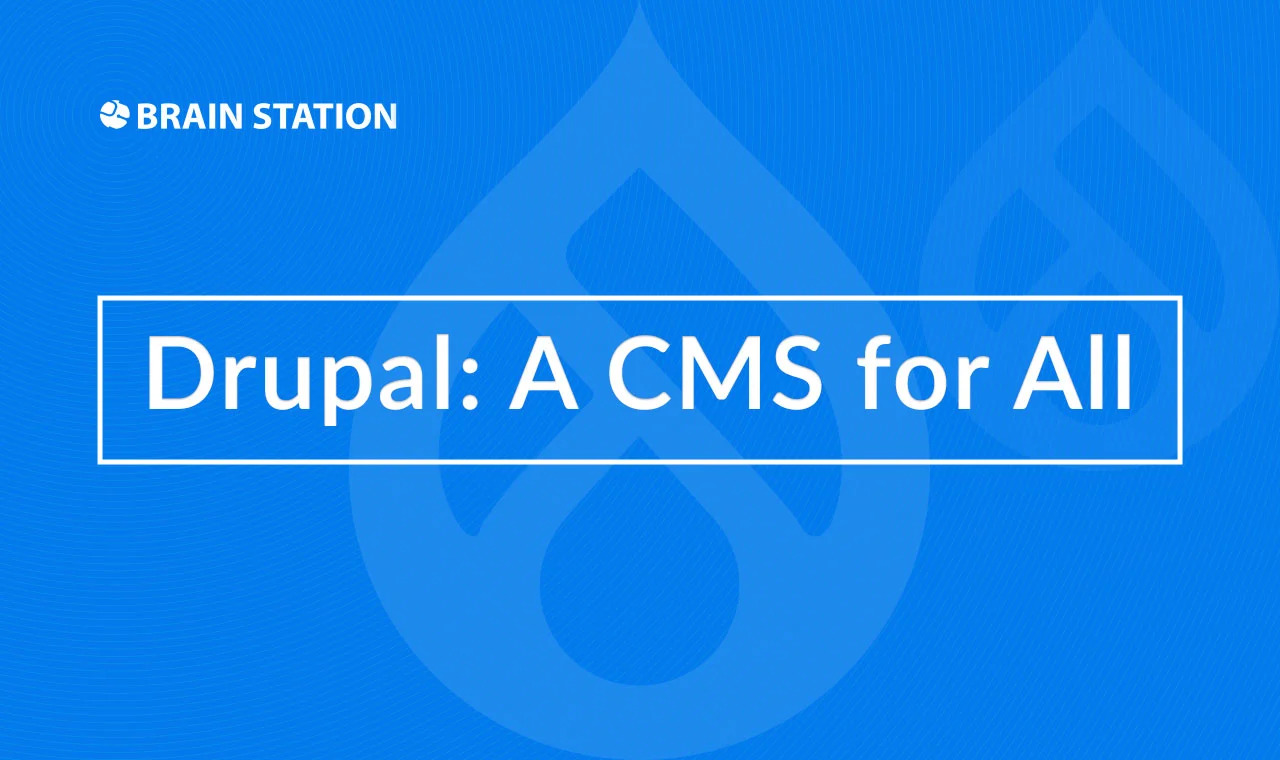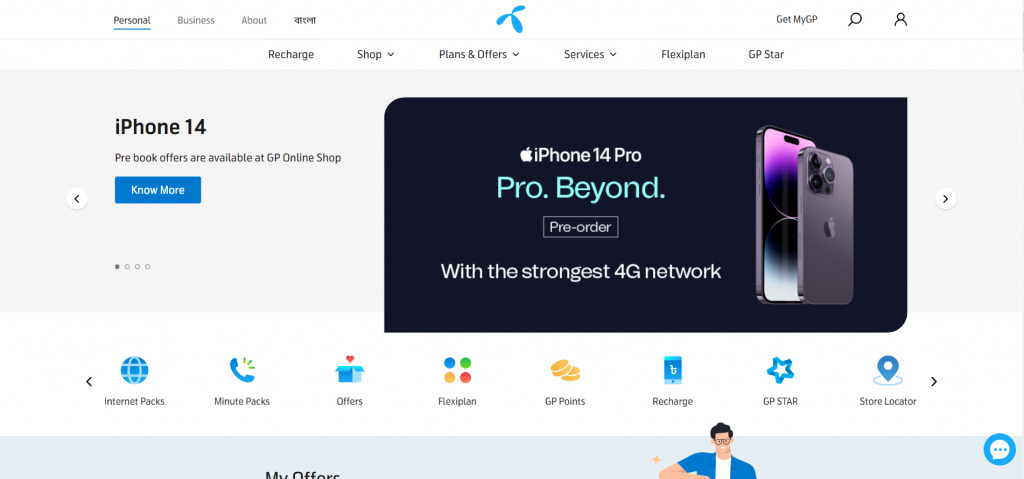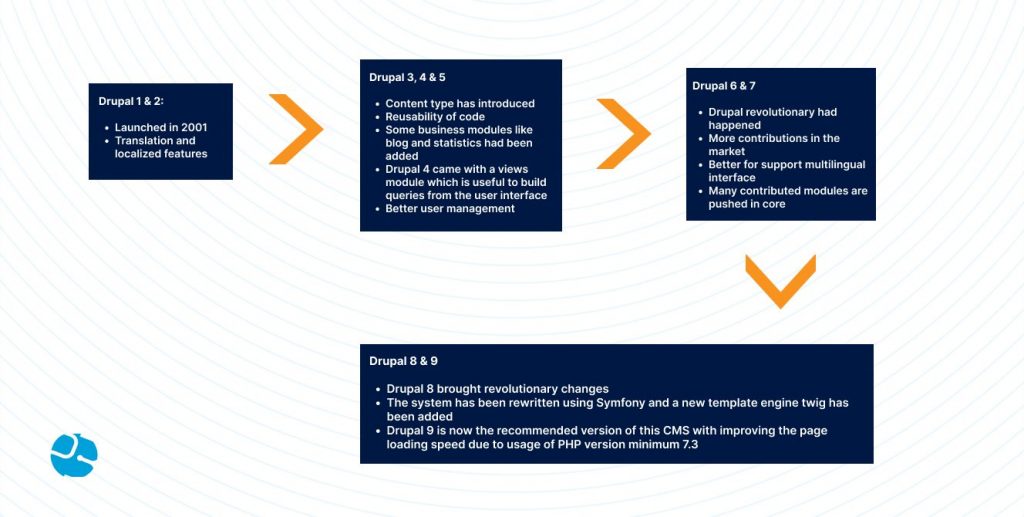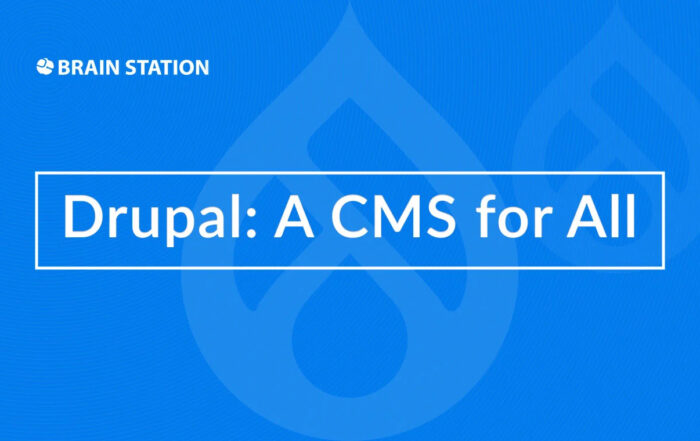Reading time - 4.1 min.
Drupal: A CMS for All
Reading time - 4.1 min.
Drupal: A CMS for All
Drupal is one of the most popular CMS in the world! It is used by many well known organizations, and this blog gives an overview on Drupal CMS.

Introduction to Drupal
Drupal is an open-source CMS that is being utilized by many organizations around the world. The CMS was originally introduced in 2001, but the platform has greatly evolved since then. Now 1 of 30 websites are built on Drupal! From what started with a goal of becoming a powerful CMS, now Drupal represents more than that. Drupal aims to be at the forefront of shaping online experience.
Dries Buytaert, the founder of Drupal, stated “Drupal is for ambitious site builders”. By innovating with headless Drupal, Media, Layout Builder, and additional features, Drupal is the platform to utilize for ambitious digital experiences
Why use Drupal?
Drupal is built on contributions. As in Drupal has one of the largest and most informative communities in the CMS space. The way this works is all of Drupal’s modules and integrations are made by the members in the Drupal community. And all these are thoroughly reviewed by the review board. Yes, there is a review board for Drupal! So, it can be seen that the CMS itself is pretty serious despite it being an open-source CMS. Now Drupal is one of the most used CMS, typically favored by government institutions, non-profit organizations and NGOs. It is also being utilized in education, sports & entertainment, retail, financial organizations, travel & tourism, tech companies and eCommerce.
So, is Drupal an Enterprise CMS? The answer is yes if any organization takes up Acquia (Drupal’s parent company) or any other commercial versions of Drupal. One of the biggest strengths of Drupal lies in it being able to be extensively customized. So as such any enterprise can modify their Drupal CMS according to their needs. Thus, enterprises can truly bring their Drupal CMS to the level of standard enterprise CMS platforms such as Adobe Experience Manager and Sitecore. With this, enterprises now have the capability to deliver personalized digital experiences to their customers- no matter the size of their customer base! And with the available modules and APIs, it truly can be tailored to business needs and constantly improved upon in the future.

Source: Tesla
Now let’s look at actual enterprises that are utilizing Drupal. One of the very best examples of live Drupal sites is by Tesla. The EV manufacturer has used Drupal in creating a clean and minimalistic site that is highly responsive and easily navigable by users.

Source: Grameenphone
Also, one of the leading telecom enterprises of Bangladesh, Telenor’s Grameenphone, is also using Drupal for their online portal. This portal serves millions of users with Grameenphone’s services and products- all personalized and individually catered!

Source: NASA
Perhaps one of the most famous Drupal sites is NASA’s. The NASA online portals host various content on their research and space exploration. Also lets visitors download several apps and other content from the portal.
Constantly growing

Figure: Drupal’s evolution over the years
Why Drupal?
The Drupal community has created many great features to evolve the CMS platform to its present state. The Drupal specialists from various organizations and freelancing individuals have created various features for the open-source systems, meeting the needs of different business needs and industries. Hence Drupal is ever evolving, changing with business and digital landscape. With Drupal Community gatekeeping all plugins and features, there is a guarantee that no subpar features will be available. And all issues are reported and taken care of by the Drupal Community.
Drupal can also be coined as an “universal CMS”, as it can be utilized for making small web pages or used by big enterprises as well. By incorporating various features and plugins to the Drupal CMS, a website can be further extended, scaled and optimized according to the business needs. And Drupal being an open-source CMS, there is no vendor lock-in or license fees. Anyone can customize the CMS, and the Drupal Community is present to help with issues. Drupal can also be used as a headless CMS. Drupal operates as the backend content repository, whereas the frontend is created using other technologies and the whole thing operates Drupal via API. This lets organizations send content to multiple all at once, even to mobile applications or IoT devices.
Conclusion
The possibilities with Drupal are immense. Not only can it be utilized as an enterprise CMS, but Drupal also can be used by small companies or individuals. And it has features available that meet the needs of all industry verticals and keeps on evolving. And our team of Drupal professionals are constantly striving to push the capabilities of this CMS platform. Hope you find the blog informative. And if you wish to get in touch with our Drupal experts, feel free to reach out to us!
Testing in AEM: A Guide to Adobe Experience Manager Quality Assurance
We have served a pharmaceutical and clinical-stage biotechnology company, established in Europe, specializing in the discovery and development of small molecule medicines with novel modes of action.
Drupal: A CMS for All
We have served a pharmaceutical and clinical-stage biotechnology company, established in Europe, specializing in the discovery and development of small molecule medicines with novel modes of action.
5 Considerations to Start a Digital Transformation Plan at Your Institution with LMS
We have served a pharmaceutical and clinical-stage biotechnology company, established in Europe, specializing in the discovery and development of small molecule medicines with novel modes of action.



